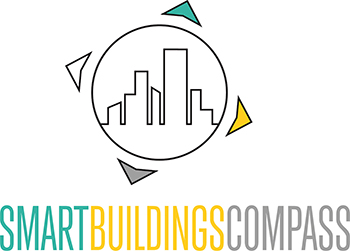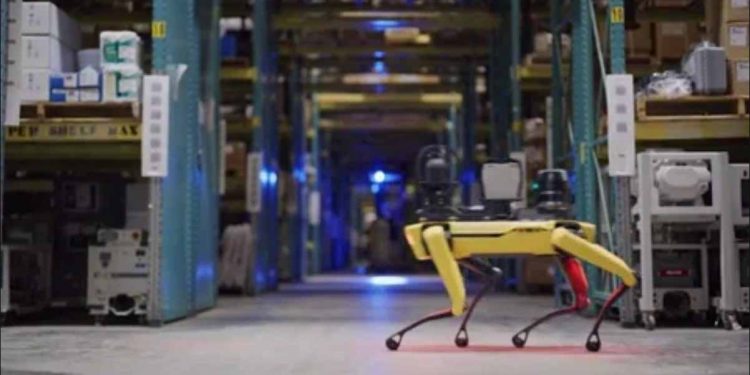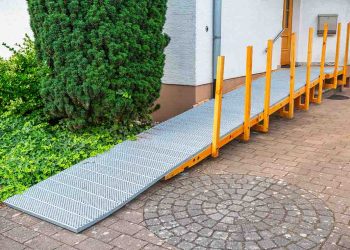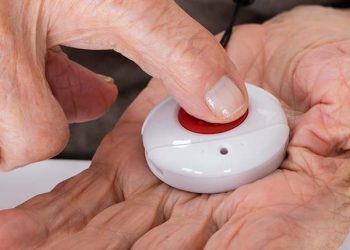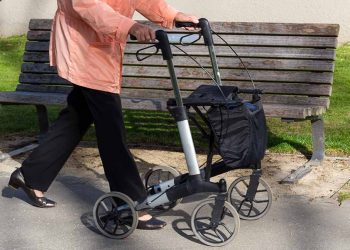Humanoid robots are robotic systems with human-like characteristics that can be used as care assistants or for entertainment and social interaction, among other things.
They are machines that are modeled on the human body in terms of their form and function. They have a head, torso, arms and legs and are designed to mimic human movements and interactions. These robots are used in various fields, including industry, healthcare, education and entertainment.
Their use in care is at different stages of development around the world. While some countries are already actively integrating robots, others are still at the beginning of this development. In Asia in particular, they are providing care and support due to the greater acceptance of new technology and the high level of ageing. In Europe, these solutions are being researched but are not being used in practice.

Their tasks are
Assistance with physical tasks: Robots can help with lifting and repositioning patients, which reduces the physical strain on care staff.
Social interaction and emotional support: robots such as “Pepper” encourage cognitive activity in people in need of care and provide companionship through conversation, music or games.
Monitoring and safety: Some robots can measure vital signs and alert care staff in the event of abnormalities.
Use of robotics worldwide
The use of humanoid robots varies around the world and is heavily dependent on technological developments, economic factors and political strategies.
China: China is investing heavily in their development and production. The country plans to mass-produce state-of-the-art humanoid robots by 2025 and integrate them into the real economy by 2027. One example is the company Agibot, which plans to produce 1,000 robots by the end of 2024 in order to compete with international rivals such as Tesla.
Japan: As the world’s leading manufacturer of industrial robots, Japan has a high robot density in production. Japanese manufacturers account for 45% of the global supply of industrial robots.
Robots are used in various sectors in Japan, including industry and the service sector.
South Korea: South Korea is considered one of the most automated countries in the world and is investing heavily in robotics technologies, particularly in the manufacturing, healthcare and service industries.
USA: Companies such as Tesla and Figure AI are developing humanoid robots for various applications, from industry to personal use. The market for humanoid robots is growing rapidly and more and more companies are turning to this technology.
Image: Screenshot/Boston Dynamics
Author: Anja Herberth
Chefredakteurin
